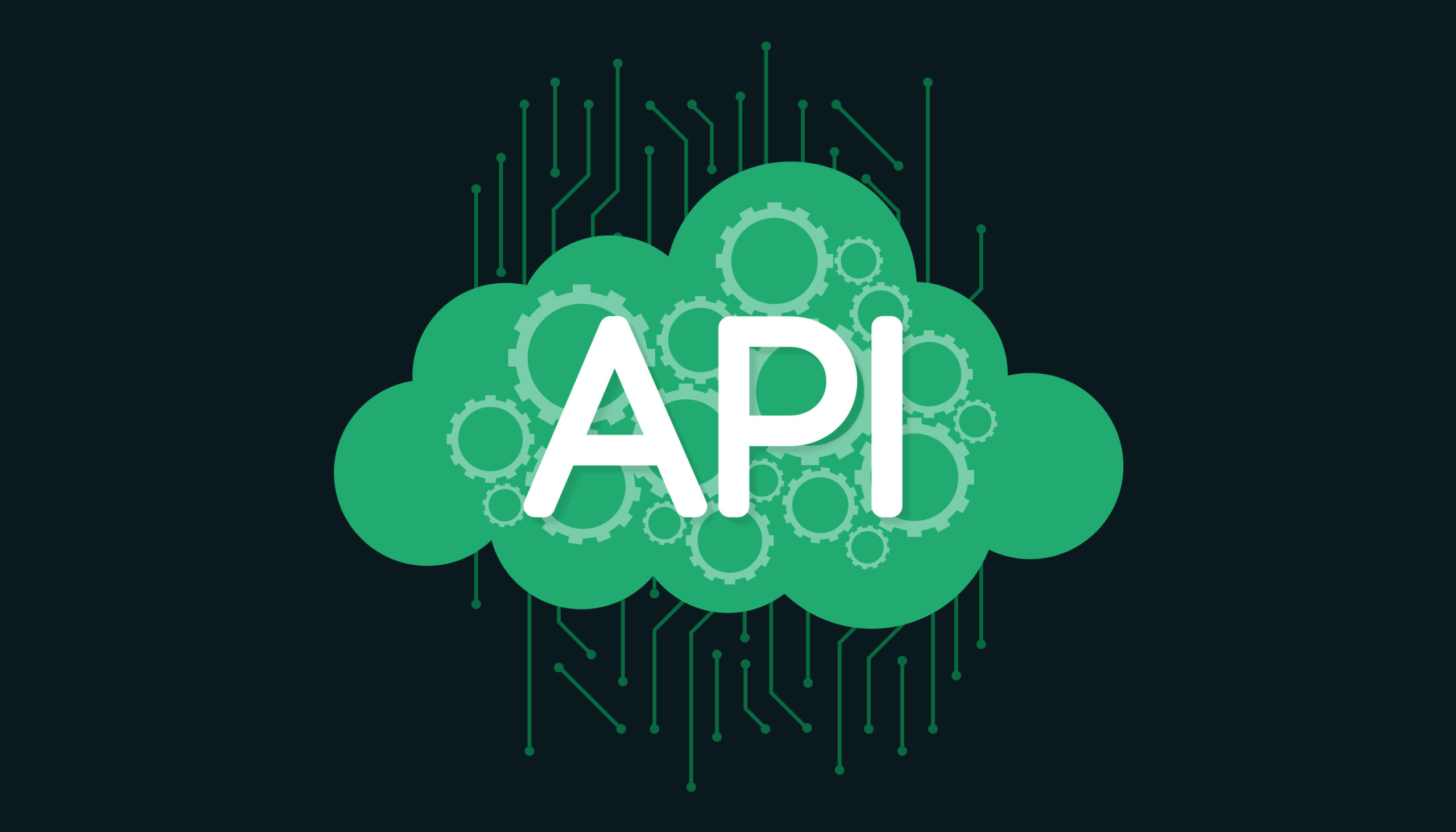A collection of rules that allows various applications to communicate with one another is known as an API (application program interface). It describes how a software developer should write a program on a server that connects with numerous client apps.
APIs from multiple apps can be used to share data and execute a specified purpose, enabling application interaction. REST-based APIs are used by many websites, including Amazon, Google, Facebook, LinkedIn, and Twitter, to allow users to connect with cloud services.
RESTful APIs and how they function
A RESTful API deconstructs a transaction into a number of tiny pieces. Each module covers a different aspect of the transaction. This modularity gives developers a lot of freedom, but designing their REST API from scratch might be difficult. Currently, various businesses supply models for developers to utilize; the most common are the models supplied by Amazon S3, Cloud Data Management Interface (CDMI), and OpenStack Swift.
To acquire resources, a RESTful API uses commands. A resource representation is the status of a resource at any particular timestamp.
- GET is used to get a resource;
- PUT to modify the status of or update a resource, which can be an object, file, or block;
- POST to create that resource;
- DELETE to delete it.
Networked components are seen as resources via REST.
REST treats networked components as a resource to which the user seeks access, much like a black box whose implementation details are unknown. All calls are stateless; nothing can be maintained by the RESTful service between executions.
What are RESTful APIs used for?
Consider an example to better grasp what a RESTful API is, what it is used for, and how it works.
Assume you wish to watch ‘data integration’ video tutorials on YouTube. You go to YouTube, type ‘data integration’ into the search area, hit enter, and a list of data integration-related videos emerge. Right?
A RESTful API works in the same way. You look for something, and a list of results from your requested service appears.
The premise of REST technology is that all calls are stateless. Because the REST service cannot maintain anything across runs, it is useful in cloud applications. This is due to the ease with which stateless constituents can be redistributed in the event of failure. Furthermore, they may be quickly scaled to account for load changes. This is due to the fact that any request can be delivered to any instance of a constituent.
REST is the preferred protocol for internet communication since no data may be stored that must be retrieved by a future transaction. As previously noted, REST API technology is also useful for connecting to cloud services, as accessing a service via an API necessitates a change in URL interpretation.
Why should you choose REST APIs?
Here are a few advantages that have led to the rise in demand for REST APIs:
- Scalability
The REST API is extremely scalable. Because clients and servers are isolated, a product may be easily grown by a team of engineers.
Furthermore, it is simpler to integrate REST with existing sites without restructuring the website architecture. Scalability helps developers to work more quickly rather than spending time recreating a website from start. They might also just provide new functionality as an option. As a result, it is the most often used form of integration.
- Portability and adaptability
Users may interact smoothly even if the REST client-server is housed on multiple hosts, which is an important feature for administration.
- Autonomy
Because of the separation between client and server, the REST protocol allows for autonomous development across several regions. Furthermore, the REST API is adaptable to operational syntax and platform, allowing for testing in a variety of contexts throughout development.
Constraints in RESTful API Design and Architecture:
A web service must comply with the following six REST architectural requirements in order to be considered a real RESTful API:
- Using a consistent interface (UI): Resources should be individually recognized by a single URL, and only by utilizing the underlying network protocol techniques, such as DELETE, PUT, and GET with HTTP, should a resource be manipulated.
- Client-server architecture: There should be a distinct distinction between the client and the server. The client’s domain includes UI and request-gathering issues. The server is in charge of data access, workload management, and security. Because the client and server are loosely coupled, one may be built and improved independently of the other.
- Operations with no states: All client-server activities should be stateless, with any needed state management taking place on the client rather than the server.
- Caching of RESTful resources: Unless otherwise stated otherwise, all resources should support caching.
- The system is layered: REST provides a server design with numerous levels.
- On-demand coding: A server will often return static representations of resources in the form of XML or JSON. Servers can, however, provide executable code to clients when required.
The Bottom Line:
The REST API integration can be challenging for inexperienced developers since REST might lose the capacity to store state, such as within sessions. Zenkoders provides a drag-and-drop, code-free interface to simplify the process of building, administering, and integrating REST APIs without the need to create SQL scripts. The solution includes an easy-to-use, visual user interface that streamlines the process and boosts productivity.


